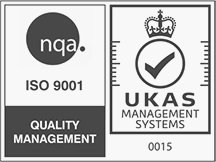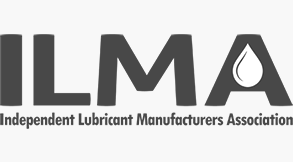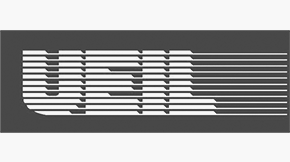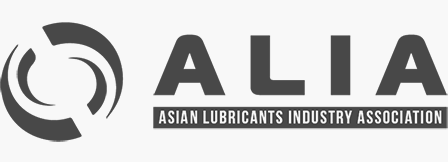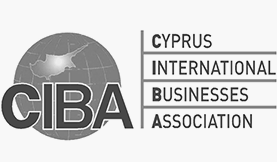Newsletters/ April 2, 2021
The Suez Canal is an artificial sea-level waterway in Egypt, connecting the Mediterranean Sea to the Red Sea and dividing Africa and Asia, being one of the world’s busiest trade routes, with approximately 12% of total global trade moving through it.
Lloyd’s values the canal’s westbound traffic at roughly $5.1 billion a day and eastbound traffic at around $4.5 billion a day with a wide range of commodities and consumer products comprising the exports done by bulk carriers, tankers, or container ships.
On Tuesday, 23 March, one of the world’s largest container ships (20,000 TEU capacity), the MV Ever Given, ran aground after being blown by strong winds and blocked the Suez Canal total ship traffic on both sides of the waterway.
For six days, massive operations took place, tugboats, dredgers, and expert salvage teams worked together to dislodge the 220,000-ton vessel. MV Ever Given was finally released on Monday, 29 March, unblocking the canal and allowing traffic to resume late in the afternoon.
Unfortunately, this event will not only impact the cargo, which was on the vessel, but will impact all volume moving from European, UK, Mediterranean, Middle Eastern, and Asian ports.
We already saw some of the effects of this incident from the very first days of blockage:
- Some of the vessels were already making U-turns or re-routing, increasing their ETAs.
- Some shipping lines put on hold or completely stopped the booking service until further notice, including even the spot booking systems.
What else should we expect to happen in the coming months?
- More delays in vessels’ arrivals and departures.
- Congestion Situation at Ports.
- Extreme shortage of equipment both in Seaport container yards and in inland depots.
- Reduction of free days to minimum/standard ones.
- Omission of ports from carrier service rotation because they need to go back on sailing schedule.
- No service and no vessels between certain countries, at least for April.
- New emergency surcharges to cover losses and upcoming congestions.
The situation is not expected to go back to ‘normal’ until a minimum of two rotations eastbound and westbound, which could be around 140 days until congestions, sailing schedules, and equipment availability will improve.
What to keep in mind, and what can we do to assist with your base oils’ purchasing and supply chain?
- Product from different sources might not be possible to move due to service cancellation towards your region. Still, we can always try to find alternatives from one of the several loading points.
- Planning and purchase orders should be done at least 1-2 weeks in advance to secure space and equipment. This way, we are covered in case of any delays which are out of our control.
- Request updated information on the current free days at the destination when placing a new order.

